1. Topazian M, Gorelick FS. Acute pancreatitis. In : Yamada T, Alpers DH, editors. Textbook of gastroenterology. 4th ed. Philadelphia: Lippincot Williams & Wilkins;2003. p. 2026–2061.
2. Banday IA, Gattoo I, Khan AM, Javeed J, Gupta G, Latief M. Modified computed tomography severity index for evaluation of acute pancreatitis and its correlation with clinical outcome: a tertiary care hospital based observational study. J Clin Diagn Res. 2015; 9:TC01–TC05.

3. Lankisch PG, Assmus C, Lehnick D, Maisonneuve P, Lowenfels AB. Acute pancreatitis: does gender matter? Dig Dis Sci. 2001; 46:2470–2474. PMID:
11713955.
4. Cappell MS. Acute pancreatitis: etiology, clinical presentation, diagnosis, and therapy. Med Clin North Am. 2008; 92:889–923. ix–x. PMID:
18570947.

5. Phillip V, Steiner JM, Algül H. Early phase of acute pancreatitis: assessment and management. World J Gastrointest Pathophysiol. 2014; 5:158–168. PMID:
25133018.

6. Banks PA, Bollen TL, Dervenis C, Gooszen HG, Johnson CD, Sarr MG, et al. Classification of acute pancreatitis--2012: revision of the Atlanta classification and definitions by international consensus. Gut. 2013; 62:102–111. PMID:
23100216.

7. Dellinger EP, Forsmark CE, Layer P, Lévy P, Maraví-Poma E, Petrov MS, et al. Determinant-based classification of acute pancreatitis severity: an international multidisciplinary consultation. Ann Surg. 2012; 256:875–880. PMID:
22735715.
8. Meher S, Mishra TS, Sasmal PK, Rath S, Sharma R, Rout B, et al. Role of biomarkers in diagnosis and prognostic evaluation of acute pancreatitis. J Biomark. 2015; 2015:519534. PMID:
26345247.

9. Weitz G, Woitalla J, Wellhöner P, Schmidt K, Büning J, Fellermann K. Does etiology of acute pancreatitis matter? A review of 391 consecutive episodes. JOP. 2015; 16:171–175. PMID:
25791551.
10. Samuel I, Tephly L, Williard DE, Carter AB. Enteral exclusion increases MAP kinase activation and cytokine production in a model of gallstone pancreatitis. Pancreatology. 2008; 8:6–14. PMID:
18235211.

11. Chen WC, Nie JS. Genetic polymorphism of MCP-1-2518, IL-8-251 and susceptibility to acute pancreatitis: a pilot study in population of Suzhou, China. World J Gastroenterol. 2008; 14:5744–5748. PMID:
18837094.
12. Baggiolini M, Walz A, Kunkel SL. Neutrophil-activating peptide-1/interleukin 8, a novel cytokine that activates neutrophils. J Clin Invest. 1989; 84:1045–1049. PMID:
2677047.

13. Pezzilli R, Billi P, Miniero R, Fiocchi M, Cappelletti O, Morselli-Labate AM, et al. Serum interleukin-6, interleukin-8, and beta 2-microglobulin in early assessment of severity of acute pancreatitis. Comparison with serum C-reactive protein. Dig Dis Sci. 1995; 40:2341–2348. PMID:
7587812.
14. Durgampudi C, Noel P, Patel K, Cline R, Trivedi RN, DeLany JP, et al. Acute lipotoxicity regulates severity of biliary acute pancreatitis without affecting its initiation. Am J Pathol. 2014; 184:1773–1784. PMID:
24854864.

15. Barauskas G, Svagzdys S, Maleckas A. C-reactive protein in early prediction of pancreatic necrosis. Medicina (Kaunas). 2004; 40:135–140. PMID:
15007272.
16. Popa CC. Prognostic biological factors in severe acute pancreatitis. J Med Life. 2014; 7:525–528. PMID:
25713614.
17. Rajarathnam K, Sykes BD, Kay CM, Dewald B, Geiser T, Baggiolini M, et al. Neutrophil activation by monomeric interleukin-8. Science. 1994; 264:90–92. PMID:
8140420.

18. Palomino DC, Marti LC. Chemokines and immunity. Einstein (Sao Paulo). 2015; 13:469–473. PMID:
26466066.

19. Motoo Y, Xie MJ, Mouri H, Sawabu N. Expression of interleukin-8 in human obstructive pancreatitis. JOP. 2004; 5:138–144. PMID:
15138335.
20. Zhang J, Niu J, Yang J. Interleukin-6, interleukin-8 and interleukin-10 in estimating the severity of acute pancreatitis: an updated meta-analysis. Hepatogastroenterology. 2014; 61:215–220. PMID:
24895824.
21. Chantsev VA, Leonov VV. Polymorphism of gene of ІL-8 (А-251T) in patients with acute pancreatitis. Georgian Med News. 2014; (231):35–38.
22. Gross V, Andreesen R, Leser HG, Ceska M, Liehl E, Lausen M, et al. Interleukin-8 and neutrophil activation in acute pancreatitis. Eur J Clin Invest. 1992; 22:200–203. PMID:
1582445.
23. Kusske AM, Rongione AJ, Reber HA. Cytokines and acute pancreatitis. Gastroenterology. 1996; 110:639–642. PMID:
8566616.

24. Novovic S, Andersen AM, Ersbøll AK, Nielsen OH, Jorgensen LN, Hansen MB. Proinflammatory cytokines in alcohol or gallstone induced acute pancreatitis. A prospective study. JOP. 2009; 10:256–262. PMID:
19454816.
25. Huber AR, Kunkel SL, Todd RF 3rd, Weiss SJ. Regulation of transendothelial neutrophil migration by endogenous interleukin-8. Science. 1991; 254:99–102. PMID:
1718038.
26. Digalakis MK, Katsoulis IE, Biliri K, Themeli-Digalaki K. Serum profiles of C-reactive protein, interleukin-8, and tumor necrosis factor-alpha in patients with acute pancreatitis. HPB Surg. 2009; 2009:878490. PMID:
20130823.
27. Chang JWY, Chung CH. Diagnosing acute pancreatitis: amylase or lipase? Hong Kong J Emerg Med. 2011; 18:20–25.

28. Tenner S, Dubner H, Steinberg W. Predicting gallstone pancreatitis with laboratory parameters: a meta-analysis. Am J Gastroenterol. 1994; 89:1863–1866. PMID:
7942684.
29. Ni Choileain N, Redmond HP. The immunological consequences of injury. Surgeon. 2006; 4:23–31. PMID:
16459497.

30. Pietruczuk M, Dabrowska MI, Wereszczynska-Siemiatkowska U, Dabrowski A. Alteration of peripheral blood lymphocyte subsets in acute pancreatitis. World J Gastroenterol. 2006; 12:5344–5351. PMID:
16981265.

31. Anderson K, Brown LA, Daniel P, Connor SJ. Alanine transaminase rather than abdominal ultrasound alone is an important investigation to justify cholecystectomy in patients presenting with acute pancreatitis. HPB (Oxford). 2010; 12:342–347. PMID:
20590910.

32. Bohara TP, Parajuli A, Joshi MR. Role of biochemical investigation in prediction of biliary etiology in acute pancreatitis. JNMA J Nepal Med Assoc. 2013; 52:229–232. PMID:
23591301.

33. Vítek L, Carey MC. New pathophysiological concepts underlying pathogenesis of pigment gallstones. Clin Res Hepatol Gastroenterol. 2012; 36:122–129. PMID:
21978438.

34. Buch S, Schafmayer C, Völzke H, Seeger M, Miquel JF, Sookoian SC, et al. Loci from a genome-wide analysis of bilirubin levels are associated with gallstone risk and composition. Gastroenterology. 2010; 139:1942–1951.e2. PMID:
20837016.

35. Dholakia K, Pitchumoni CS, Agarwal N. How often are liver function tests normal in acute biliary pancreatitis? J Clin Gastroenterol. 2004; 38:81–83. PMID:
14679333.

36. Koizumi M, Takada T, Kawarada Y, Hirata K, Mayumi T, Yoshida M, et al. JPN Guidelines for the management of acute pancreatitis: diagnostic criteria for acute pancreatitis. J Hepatobiliary Pancreat Surg. 2006; 13:25–32. PMID:
16463208.

37. Qi R, Zhou X, Yu J, Li Z. In vivo anatomical study of inferior attachment of renal fascia in adult with acute pancreatitis as shown on multidetector computed tomography. Sheng Wu Yi Xue Gong Cheng Xue Za Zhi. 2014; 31:332–335. 346PMID:
25039137.
38. Gabbrielli A, Pezzilli R, Uomo G, Zerbi A, Frulloni L, Rai PD, et al. ERCP in acute pancreatitis: What takes place in routine clinical practice? World J Gastrointest Endosc. 2010; 2:308–313. PMID:
21160762.

39. Ishikawa K, Idoguchi K, Tanaka H, Tohma Y, Ukai I, Watanabe H, et al. Classification of acute pancreatitis based on retroperitoneal extension: application of the concept of interfascial planes. Eur J Radiol. 2006; 60:445–452. PMID:
16891082.

40. Li XH, Zhang XM, Ji YF, Jing ZL, Huang XH, Yang L, et al. Renal and perirenal space involvement in acute pancreatitis: an MRI study. Eur J Radiol. 2012; 81:e880–e887. PMID:
22613509.

41. Testoni PA. Acute recurrent pancreatitis: etiopathogenesis, diagnosis and treatment. World J Gastroenterol. 2014; 20:16891–16901. PMID:
25493002.

42. Yokoe M, Takada T, Mayumi T, Yoshida M, Isaji S, Wada K, et al. Japanese guidelines for the management of acute pancreatitis: Japanese Guidelines 2015. J Hepatobiliary Pancreat Sci. 2015; 22:405–432. PMID:
25973947.

43. Lankisch PG, Lowenfels AB, Maisonneuve P. What is the risk of alcoholic pancreatitis in heavy drinkers? Pancreas. 2002; 25:411–412. PMID:
12409838.

44. Frey CF, Zhou H, Harvey DJ, White RH. The incidence and case-fatality rates of acute biliary, alcoholic, and idiopathic pancreatitis in California, 1994-2001. Pancreas. 2006; 33:336–344. PMID:
17079936.

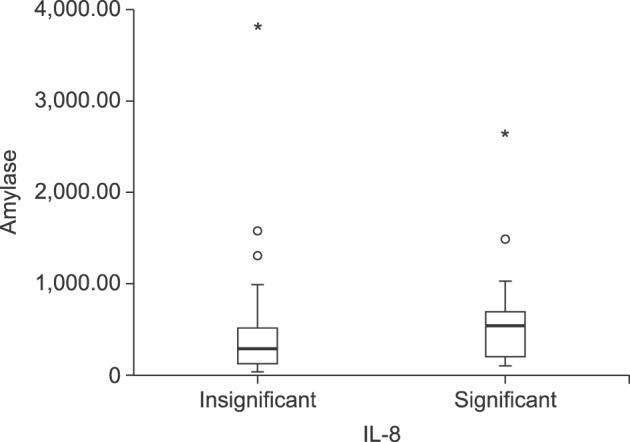




 PDF
PDF ePub
ePub Citation
Citation Print
Print




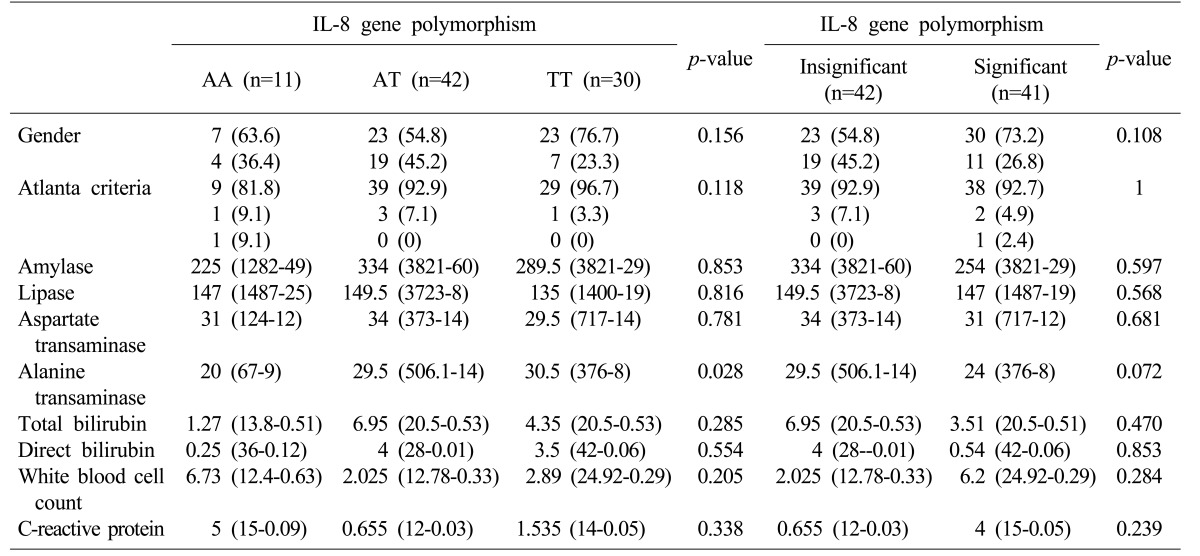
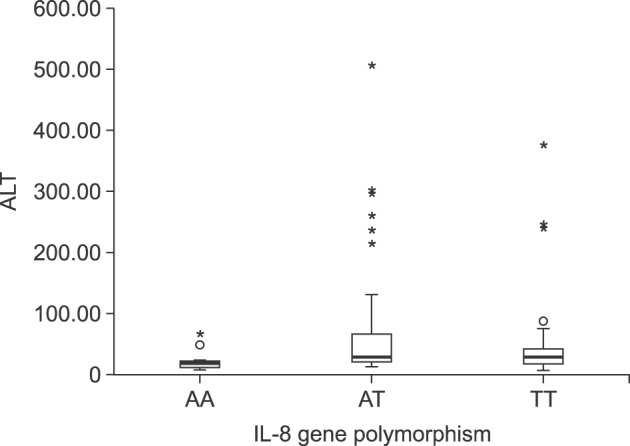
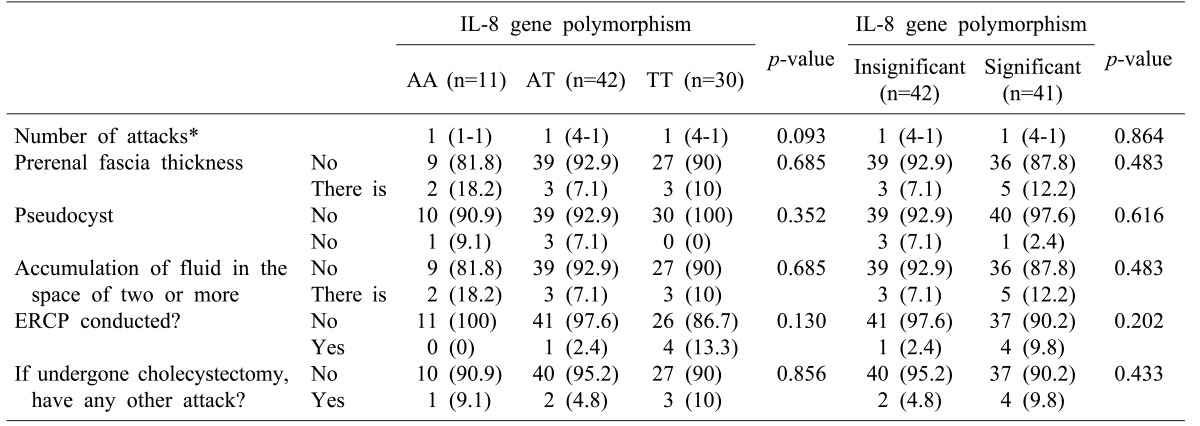

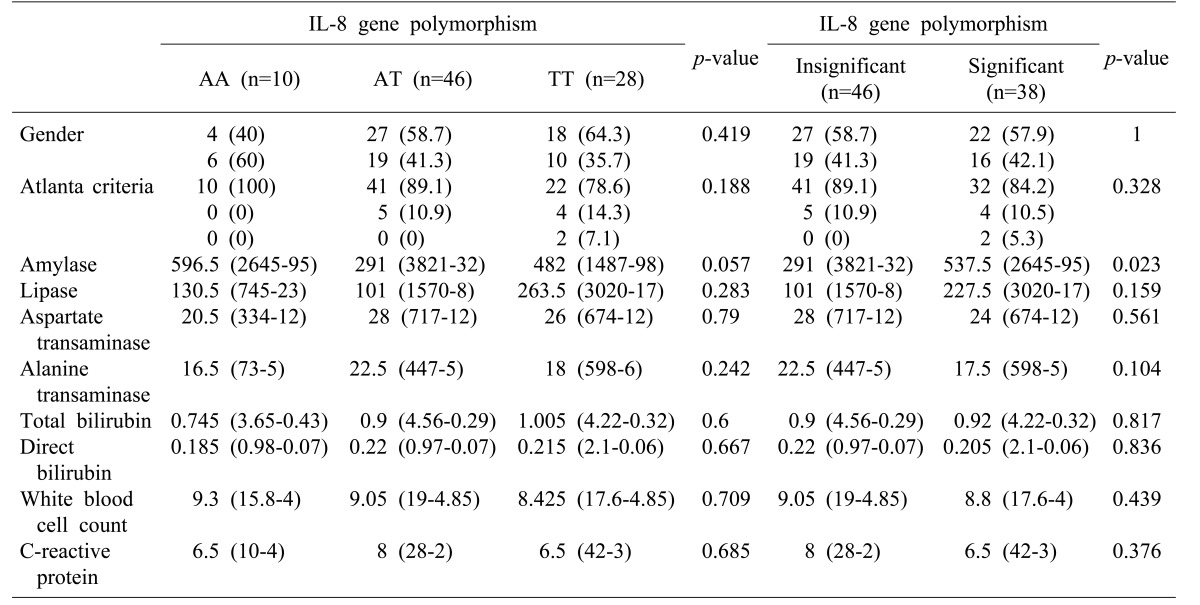

 XML Download
XML Download